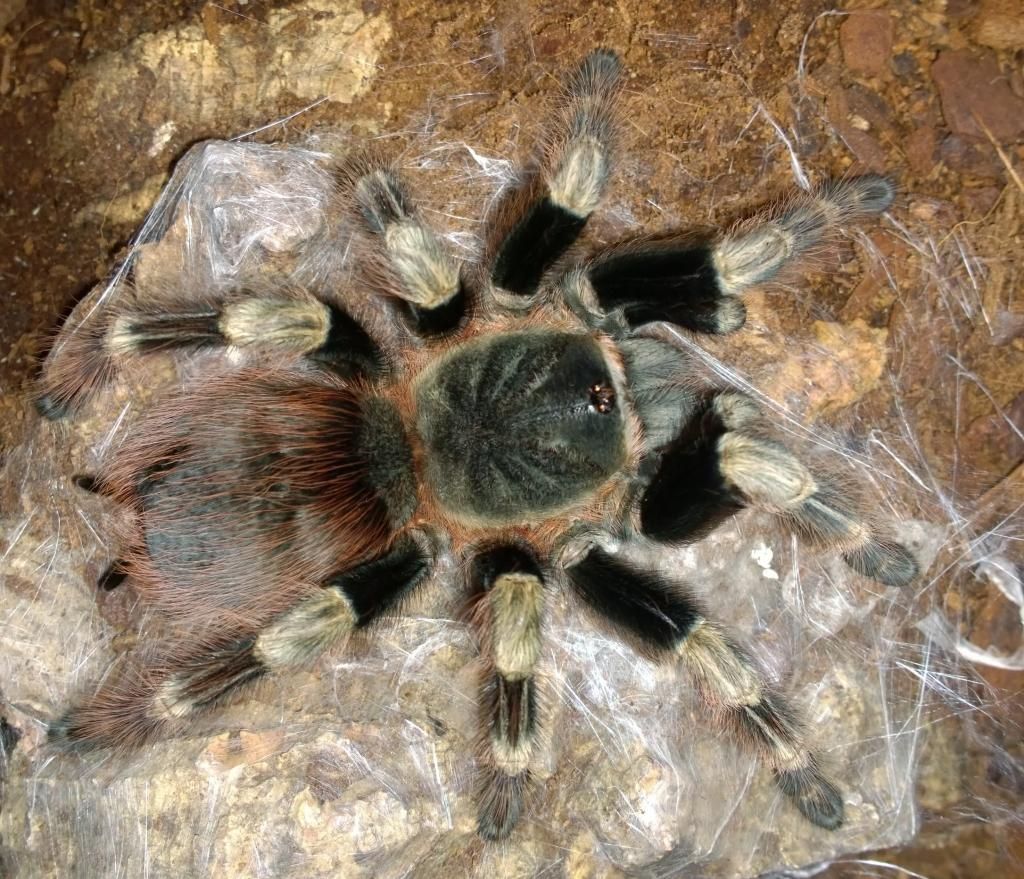Originally posted by Stuart Baker
View Post
Nice little project for someone would be to photograph each stage from sling to adult of all these black white and red species giving a possible photo id for each stage of development.........I dont have the time or the inclination to do this............so someone else can grab this if they desire......good article for the journal.
R



Comment